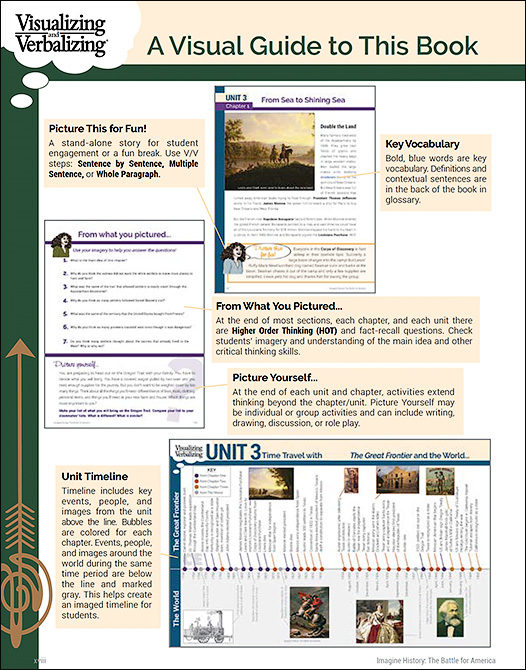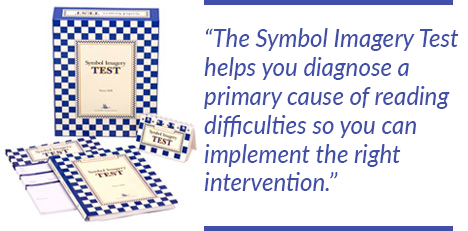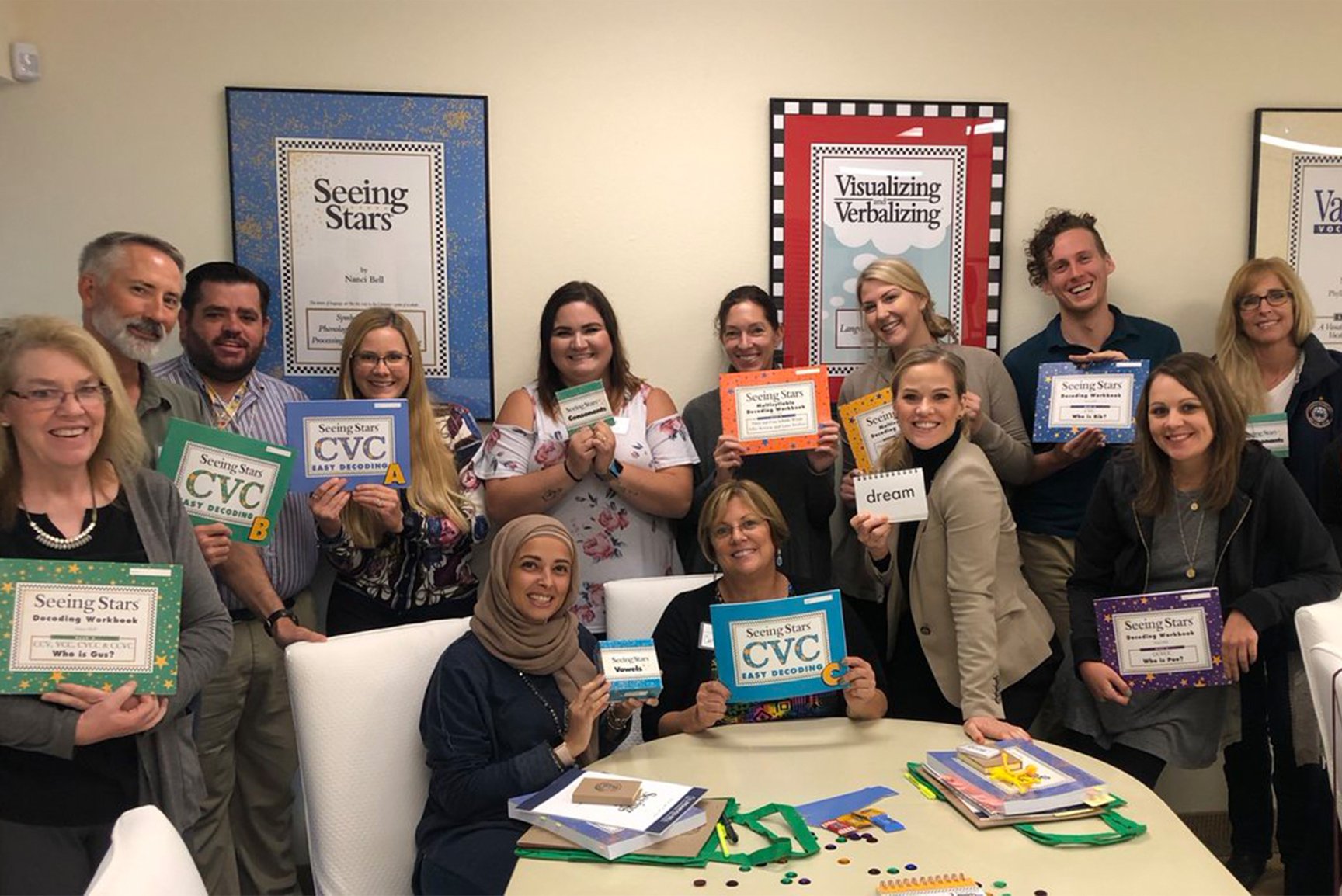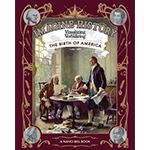Like many of you, I’ve had the privilege of teaching children and adults over the years. Time and again, when I asked my students what they visualized for history, I was met with a blank stare. Not only did these students have difficulty visualizing and comprehending language, but they also had enormous information gaps. Many of those gaps were in history. I remember their faces. They weren’t sure if the American Civil War was before or after the American Revolution, or if ancient Egyptian civilization came before or after the Civil War.
Students often bemoan history classes because the content is boring and the curriculum involves memorizing what seems to be irrelevant facts and dates. Students don’t visualize the fascinating events and people that have shaped our world. History seems to be an array of random parts, unconnected and unrelated. More importantly, these kids lack the imagery associated with understanding history’s big picture.
Out of my desire to help these students, the idea of a Visualizing and Verbalizing® history curriculum was born. Imagine History was written to develop the imagery-language connection for American history. My hope is that, by bringing the imagery-language connection to a conscious level and applying it to historical content, students will better understand and enjoy history.
I hope these books will help you and your students time travel with imagery to make history come alive. Enjoy!

How to use Imagine History in your instruction
Imagine History can be used specifically with the steps of the Visualizing and Verbalizing (V/V®) program or as a stand-alone resource. The V/V program develops concept imagery—the ability to create an imaged gestalt from language—as a basis for comprehension, recall, and critical thinking. All steps of V/V can be practiced throughout the curriculum—from the Picture to Picture step up through Chapter Noting and Writing. Application of V/V to vocabulary and geography is essential throughout the series. It is important to remind students that comprehension and memory are improved when one visualizes the language one reads and hears.
The content in Imagine History is uniquely written to help students visualize the gestalt and key details needed for recall, understanding, and higher order thinking. Students of all abilities can benefit, including students with disabilities, struggling learners, and even students who are proficient or advanced. It is important to note, however, that some students with a significant language comprehension weakness will likely benefit from explicit, direct instruction in the V/V program prior to, and/or during, instruction in this series.
Constructing a lesson
Instructors can apply the steps of V/V to important pictures, vocabulary, and paragraphs. For example, you can use the Sentence by Sentence step at the beginning of a unit or chapter, or to introduce a challenging topic. Then apply the Whole Paragraph, Paragraph by Paragraph, and Whole Page steps throughout the rest of the lesson in order to move more efficiently through the content. Please note: not all pictures, vocabulary terms, and paragraphs need to be presented with a V/V step. The steps should be done selectively based on the needs of your students.

With Imagine History, students will be able to fully visualize and understand the important events of our history and the people who were part of them on a new level. The Imagine History series will bring history alive for them while at the same time align with most state curricula, giving students the knowledge they need to excel.
Click a book below to download a free chapter!
Grade 3
Grade 4
Grade 5











Socialize and Connect
Connect with us for the latest news, success stories, research, promotions, and more!